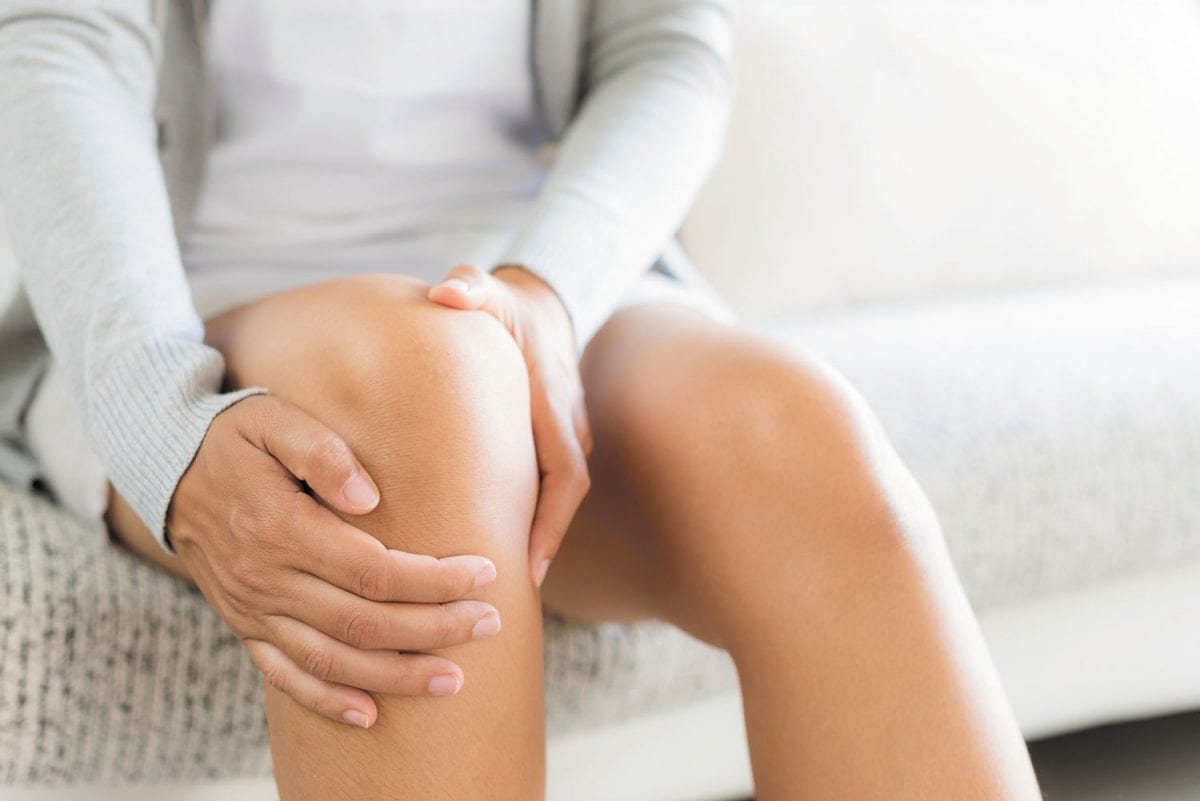Fitness regimes have changed: our fathers and grandfathers followed highly nutritious and pure diet plans along with daily exercise routines with limited access to digital distractions; we have engrossed ourselves in practices like watching Netflix and playing video games alongside eating junk food every other day which has made us sluggish. What’s left of it has been covered by effort-lessening technologies like contactless payments and online ordering. Such a life demands a specific time and venue that keeps us fit and provide a good body. Gyms have done that for us. Those who go regularly to the gym apparently become particular about their health, diet and working efficiency. They are much alert than non-gym goers. Now, once you have started going to the gym and immerse in workouts, it puts stress on many parts of your body; legs and knee joints being one of the most stressed. Today, we are providing you with tips regarding how to get strong knees because the largest joint of your body needs proper attention.
Leg press:
It provides high-intensity resistance to your legs and works different regions by adjusting the angle of the seatback. There are several different types of leg presses: some at horizontal, while others are incline and vertical. For maximum efficiency, grasp both handles of the machine with your hands tightly and then perform reps.
Leg Curl:
This machine targets the hamstrings along with the knees. Depending on the different angles of the leg-holding pads, you can target specific points of your legs. You might incur cramps after doing them for the first time but continue doing it to improve your knee and leg strength.
Folding Pedal exerciser:
This is a low-impact cycling routine for your legs. Athletes with broken legs start their rehabilitation process from this machine because it doesn’t overstress the leg muscles. You can gradually add tension in the springs to enhance the resistance.
Knee exercises at home
You ale not always in the gym. In fact, you are at home for a larger portion of the day than you are at the gym so you should be knowledgeable about home exercises for your knees as well. Here are some of them:
Leg Raises:
Lie on your stomach with legs straightened up. Harden your buttocks and lift one leg vertically upwards. Let it stay there for 4-5 seconds before repeating this for the other leg and so on. Start adding ankle weights if it’s becoming easier.
Wall squats:
This adds a little more resistance to the knees. Secure your back with a wall and make a 90-degree angle between the upper and lower legs. Slowly go down sticking with the wall until you start feeling pressure in the thigs, then get up to remain in this position for 5 seconds before going down again.
Calf Raises:
Stand against a support like a table, chair or a fence. Slowly raise your heels as high as you can before letting them down. When this becomes easy, lift one foot off the ground completely and repeat the exercise.
Use knee-stabilization gadgets:
No matter how hard you try, there will be moments when sudden forces will act on your knees. This could be during a workout, playing a sport or running briskly. So it’s better if you are ready for them beforehand. Knee stabilizer pads help in this preparation.
These pads render support to your legs and reduce pressure on the knees which is bound to be applied when you are exercising or lifting weights. It keeps your knees aligned and stable. These gadgets were a sensation in medical technology and are still being purchased massively by athletes, adults and the elderly.
They are incorporated with springs that support the legs and provides a proper channel for force transmission: i.e. through the legs to the feet into the ground instead of through the knees.
Prevention from knee injuries
What’s the other way of going about strengthening or improving something – you avoid the practices that harm, weakens or deteriorate it. Do the same with knees: stay away from knee injuries.
The first tip in this regard is to be flexible. This can be achieved through running and doing exercises narrated above.
Secondly, a reduction in weight can be “revolutionary”. That’s for people who are obese. According to medical studies, there is a greater likelihood that body weight will be transmitted through the knees so that’s the crux of it. The higher the weight, the more will there be an impact on your knees.
Thirdly, wear the right shoes while you are working out in the gym or running on a track. A supportive shoe discards off additional pressure off the knee by ensuring proper balance.
Food for your knees
However, there is no specific food for knee health, several constituents can play a vital part in improving the joint health, bone strength and muscle power which will ultimately make your knees powerful.
Vitamin C and zinc helps in the formation of collagen which is a major ingredient of knee cartilage so prefer eating foods rich in them like citrus fruits, tomatoes, and meat especially if you are a patient of knee pain.
Another factor contributing to knee problems is joint inflammation which is reduced by foods like vegetables, fish, and almonds. They additionally work to strengthen up tendons and ligaments surrounding a joint.
We are sure you got some help. If you are a patient diagnosed with a disease like rheumatoid arthritis, face knee discomfort while lifting weights in the gym or experience popping sound from your knees, it’s time you start implementing these tips in your daily lives.








